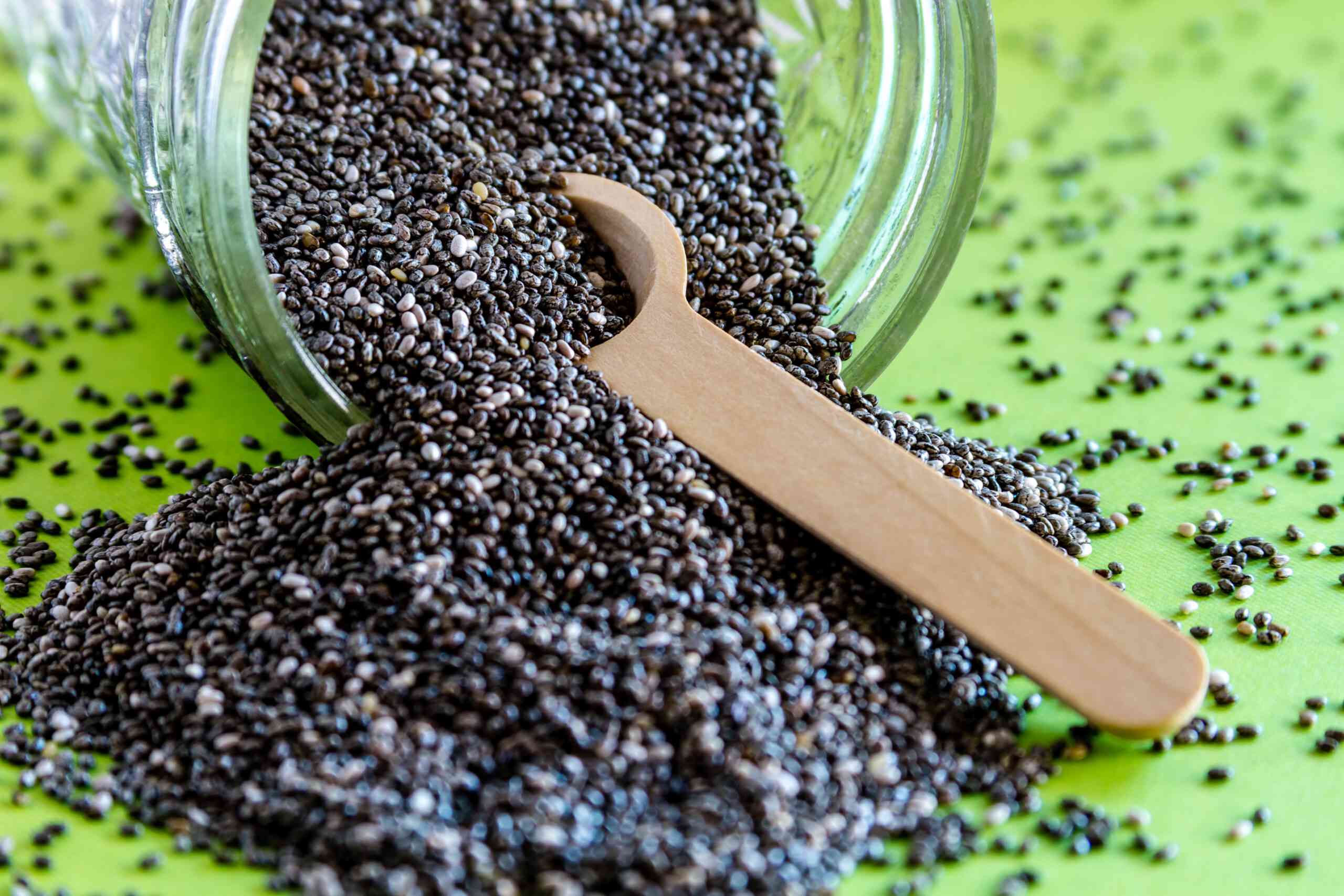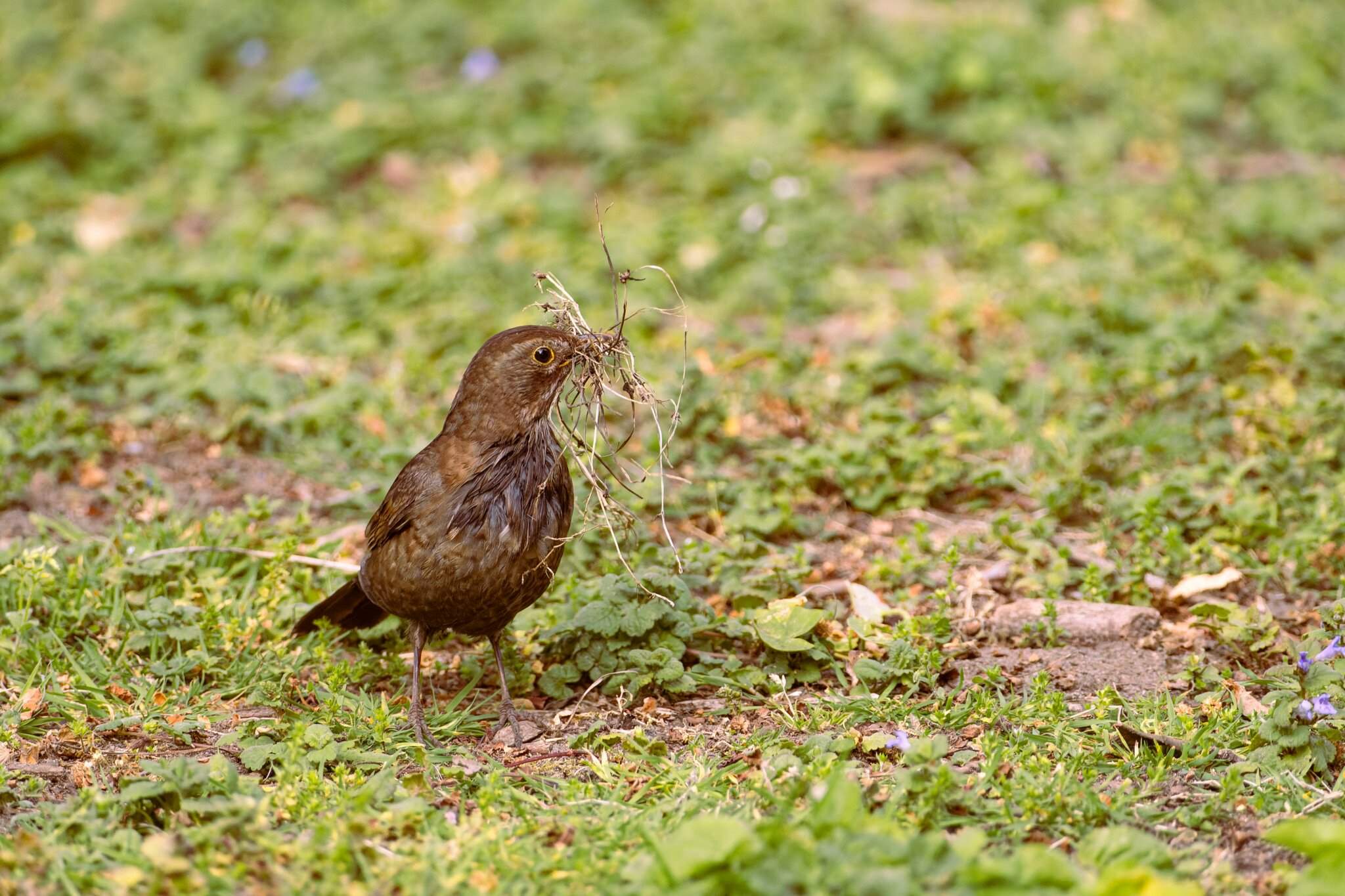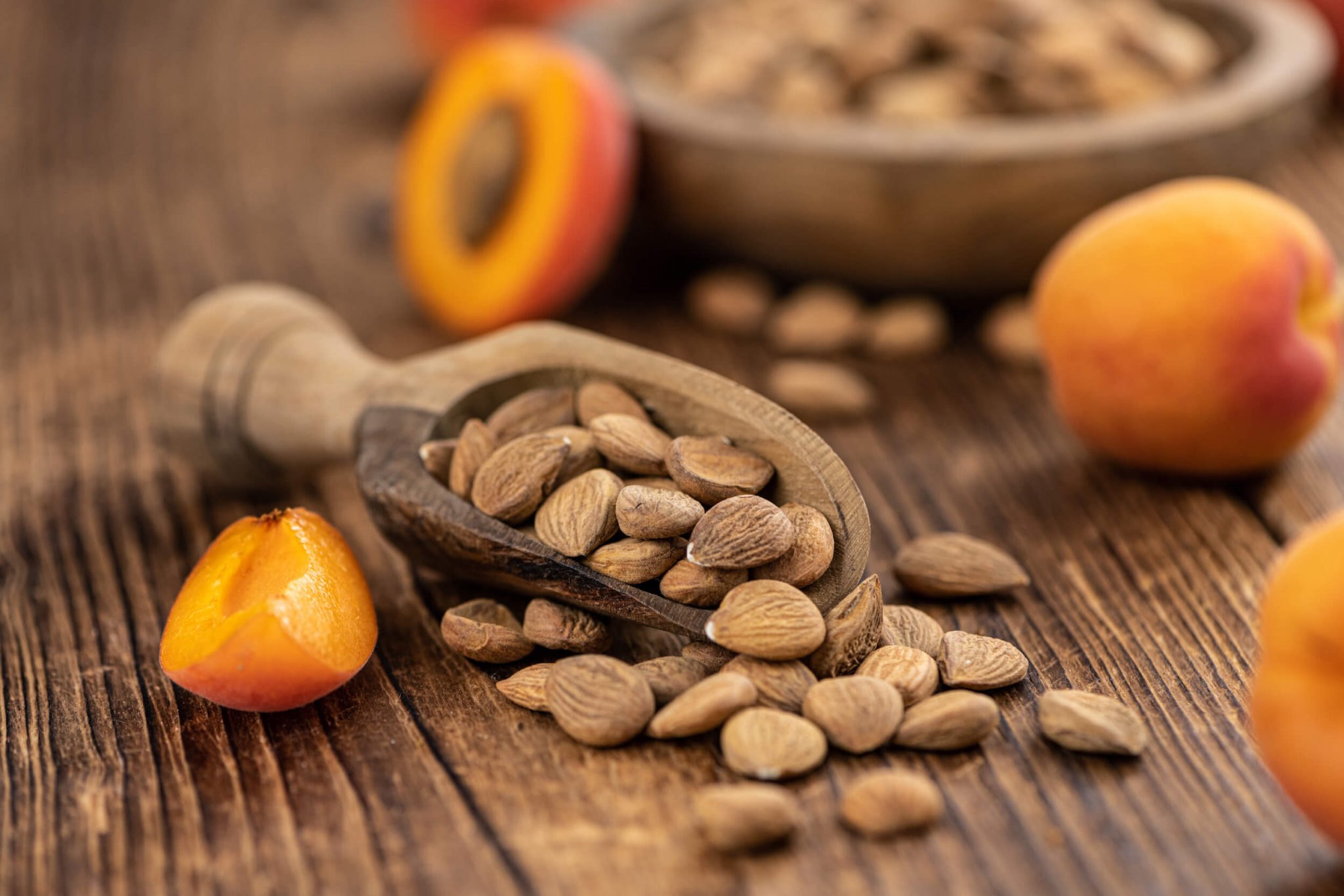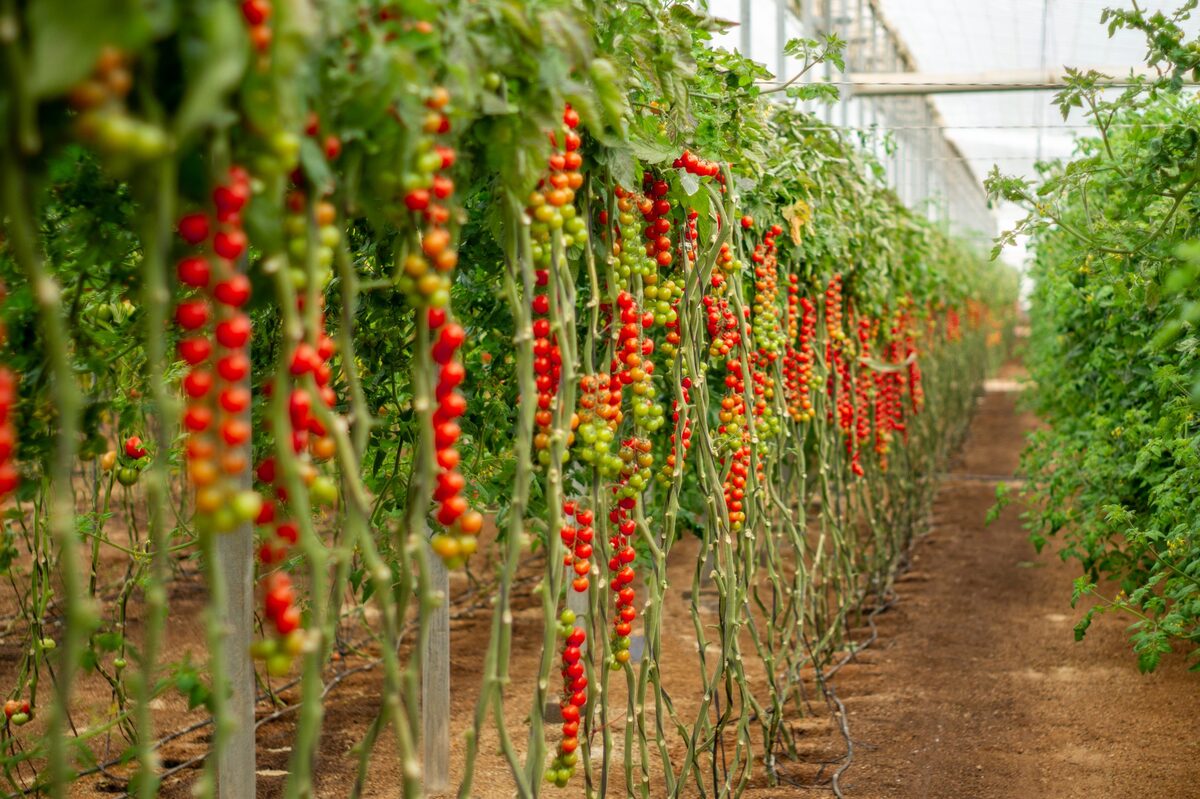Home>Types of Gardening>Edible Gardening>How To Eat Grape Seeds
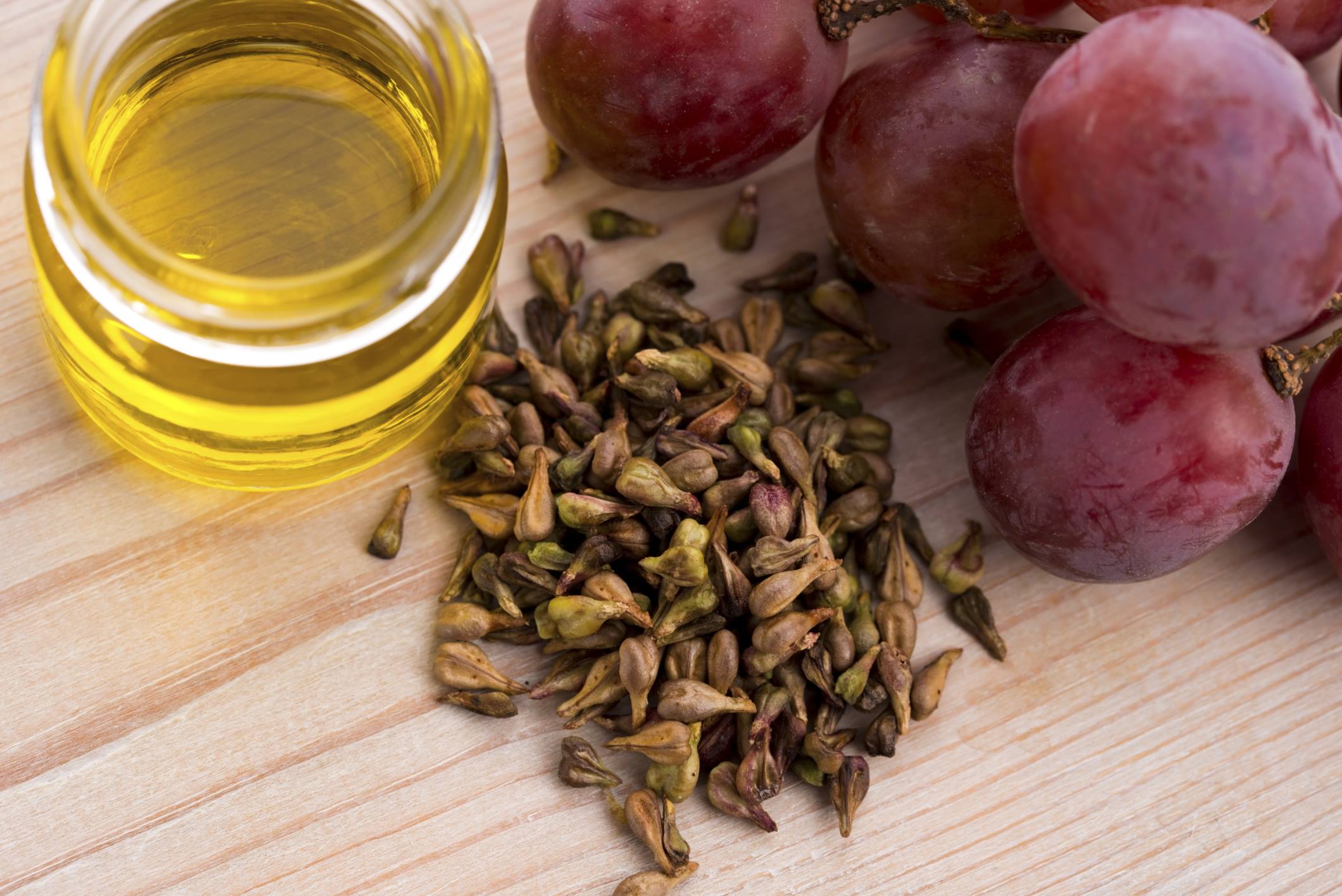

Edible Gardening
How To Eat Grape Seeds
Modified: January 22, 2024
Learn how to incorporate grape seeds into your edible gardening routine with our step-by-step guide. Discover the health benefits and various ways to eat grape seeds.
(Many of the links in this article redirect to a specific reviewed product. Your purchase of these products through affiliate links helps to generate commission for Chicagolandgardening.com, at no extra cost. Learn more)
Table of Contents
Introduction
Welcome to the world of edible gardening, where you can cultivate not just fruits and vegetables, but also an abundance of flavor and nutrition. One often overlooked aspect of edible gardening is the inherent value hidden within the seeds of various plants. Today, we will explore the benefits and culinary possibilities of one such seed – grape seeds.
Grape seeds, although small in size, pack a powerful punch when it comes to their nutritional profile. Rich in antioxidants, vitamins, and minerals, these seeds offer a range of health benefits. It’s time to bust the myth that grape seeds are merely discarded waste, and instead unlock their true potential by incorporating them into our diets.
Before we proceed, it’s important to note that not all grape seeds are created equal. Some grape varieties, such as red and purple grapes, tend to have higher concentrations of beneficial compounds in their seeds. So, when it comes to reaping the full benefits of eating grape seeds, choosing the right variety is key.
In this comprehensive guide, we will take you through the process of preparing and cleaning grape seeds, as well as various methods of incorporating them into your meals. But first, let’s dive into the exceptional health benefits that await those who venture into the world of grape seed consumption.
Benefits of Eating Grape Seeds
When it comes to improving your overall well-being, grape seeds offer a multitude of benefits that should not be overlooked. Let’s explore some of the reasons why incorporating grape seeds into your diet can be a game-changer for your health.
- Rich in antioxidants: Grape seeds are known to be a powerhouse of antioxidants, such as proanthocyanidins. These antioxidants help combat free radicals in the body, reducing the risk of chronic diseases and promoting cellular health.
- Boost cardiovascular health: The proanthocyanidins present in grape seeds have been shown to support cardiovascular health. They help reduce LDL cholesterol levels, improve blood flow, and strengthen blood vessels, thereby reducing the risk of heart disease.
- Anti-inflammatory properties: Inflammation is a common underlying factor in various health conditions. The antioxidants and polyphenols found in grape seeds possess anti-inflammatory properties, helping to reduce inflammation and alleviate associated symptoms.
- Supports brain health: The high concentration of antioxidants in grape seeds can also have a positive impact on brain health. Studies suggest that these antioxidants may help protect brain cells from oxidative stress and reduce the risk of age-related cognitive decline.
- Enhances skin health: Grape seed extract is a popular ingredient in skincare products due to its potential benefits for the skin. The antioxidants present in grape seeds help protect the skin from damage caused by harmful ultraviolet (UV) rays and promote collagen production, leading to healthier and more youthful-looking skin.
By incorporating grape seeds into your diet, you can harness these incredible health benefits and take a proactive approach towards improving your overall well-being. Now that we understand the numerous advantages of consuming grape seeds, let’s explore how to prepare them for consumption.
Preparing and Cleaning Grape Seeds
Before you can enjoy the benefits of grape seeds, it is essential to properly prepare and clean them. Follow these simple steps to ensure that your grape seeds are ready to be incorporated into your favorite recipes:
- Harvesting: If you have a grapevine growing in your garden, you can harvest the grapes when they are fully ripe. Alternatively, you can purchase fresh grapes from a local farmer’s market or grocery store.
- Separating the seeds: Once you have the grapes, gently squeeze the fruit to separate the seeds from the pulp. Be careful not to crush the seeds in the process.
- Rinsing: Transfer the grape seeds to a colander and rinse them under cold running water to remove any lingering pulp or debris. Make sure to give them a thorough rinse to ensure they are clean and ready for consumption.
- Drying: After rinsing the grape seeds, spread them out on a clean towel or paper towel to air dry. Allow them to dry completely before moving on to the next step.
- Removing the outer coating: Grape seeds have a thin, outer coating called the seed coat. While this coating is not harmful, some people prefer to remove it for a smoother texture and milder taste. To do so, gently rub the dry grape seeds between your fingers to loosen the outer coating. Use a small sieve or colander to separate the seeds from the loosened coating.
Now that you have prepared and cleaned your grape seeds, you are ready to explore various culinary possibilities. Roasting and grinding are popular methods of incorporating grape seeds into your dishes, so let’s delve into these techniques.
Roasting Grape Seeds
Roasting grape seeds is a fantastic way to enhance their flavor and create a crunchy snack that can be enjoyed on its own or added to various dishes. Here’s how you can roast grape seeds to perfection:
- Preheat the oven: Start by preheating your oven to 325°F (163°C). This temperature ensures a slow and even roasting process.
- Spread the seeds: Arrange the cleaned and dried grape seeds in a single layer on a baking sheet. Make sure to give them enough space to allow for even roasting.
- Seasoning: Drizzle the grape seeds with a small amount of olive oil and sprinkle them with your preferred seasonings, such as sea salt, black pepper, or herbs. You can also add a touch of sweetness by sprinkling some cinnamon or honey.
- Roasting time: Place the baking sheet in the preheated oven and roast the grape seeds for about 10-15 minutes, or until they turn a golden brown color. Keep a close eye on them to prevent burning.
- Cooling: Once roasted, remove the baking sheet from the oven and allow the grape seeds to cool completely. They will become crunchier as they cool down.
- Serving: The roasted grape seeds are now ready to be enjoyed as a standalone snack or used as a crunchy topping for salads, yogurt, or baked goods. Store any leftovers in an airtight container to maintain their freshness.
Roasted grape seeds add a delightful texture and flavor to your dishes, making them a versatile and nutritious addition to your culinary repertoire. If you prefer a finer texture, grinding the grape seeds might be the perfect technique for you.
Grinding Grape Seeds
Grinding grape seeds allows you to unlock their potent nutritional properties and incorporate them into a variety of recipes. Whether you want to add a nutritional boost to your smoothies, baked goods, or savory dishes, here’s how to grind grape seeds effectively:
- Dry the grape seeds: Ensure that the grape seeds are completely dry before grinding them. If needed, spread them out on a towel or baking sheet and allow them to air dry for a few hours.
- Choose your grinding method: There are a few different methods you can use to grind grape seeds. One option is to use a coffee grinder, which works well for small batches. Alternatively, you can use a high-powered blender or a food processor. Just make sure whatever appliance you choose is suitable for grinding hard seeds.
- Grind in batches: To achieve a consistently ground texture, it’s best to grind the grape seeds in small batches. Overloading the grinder or blender may result in uneven grinding.
- Pulse or grind: Depending on your chosen appliance, pulse or grind the grape seeds until they reach your desired consistency. Some prefer a fine powder, while others prefer a coarser texture. Experiment and adjust the grinding time accordingly.
- Sift, if desired: If you desire a finer texture, you can sift the ground grape seeds through a fine-mesh sieve to remove any larger particles. This step is optional and depends on your desired end result.
- Store properly: Once you have ground the grape seeds, transfer the powder to an airtight container and store it in a cool, dry place. This will help preserve its freshness and nutritional value.
Now that you have freshly ground grape seed powder at your disposal, the possibilities are endless. You can incorporate it into smoothies, sprinkle it over cereals and salads, or use it as a substitute for flour in recipes. Enjoy the nutritional benefits and unique flavor that ground grape seeds bring to your culinary creations.
Incorporating Grape Seeds into Recipes
Now that you have roasted and ground grape seeds, let’s explore some delicious ways to incorporate them into your recipes. From sweet to savory, there are countless ways to add depth of flavor and nutritional value to your dishes with grape seeds:
- Smoothies: Add a teaspoon of ground grape seeds to your favorite fruit and vegetable smoothies for an extra boost of antioxidants and texture.
- Baked goods: Replace a portion of flour with ground grape seeds in your muffins, cookies, or bread recipes to add a nutty flavor and increase their nutritional value.
- Salad toppers: Sprinkle roasted grape seeds over your salads for a delightful crunch and added health benefits. They pair well with leafy greens, fresh fruits, and cheese.
- Protein bars: Incorporate ground grape seeds into homemade protein bars for a nutritious snack packed with antioxidants and healthy fats.
- Savory dishes: Use ground grape seeds as a seasoning for roasted vegetables, grilled meats, or sautéed mushrooms to add a rich, earthy flavor.
- Energy balls: Combine ground grape seeds with dates, nuts, and other ingredients to make energy balls that are both delicious and nutritious.
- Garnish for soups and stews: Sprinkle roasted grape seeds over creamy soups or hearty stews for an added crunch and nutritional boost.
- Cereal or oatmeal topping: Sprinkle a handful of roasted grape seeds over your morning cereal or oatmeal for a delightful texture and extra nutrients.
Get creative and experiment with different recipes to find your favorite way to incorporate grape seeds. Remember, whether you choose to use roasted or ground grape seeds, their unique flavor and nutritional benefits can elevate your dishes to a whole new level.
Potential Risks and Considerations
While consuming grape seeds can offer numerous health benefits, it’s essential to be aware of potential risks and considerations before incorporating them into your diet:
- Allergic reactions: Some individuals may experience allergic reactions to grape seeds. If you have known allergies to grapes or other grape products, it’s best to avoid consuming grape seeds and consult with a healthcare professional.
- Seed hardness: Grape seeds can be quite hard and may pose a choking hazard, especially for young children or individuals with swallowing difficulties. Proceed with caution when consuming whole grape seeds, and consider grinding them to reduce the risk.
- Seed coatings: The outer coating of grape seeds, known as the seed coat, may be challenging to digest for some individuals. If you experience any digestive discomfort, consider removing the seed coat before consuming them.
- Pesticide exposure: Conventionally grown grapes may contain traces of pesticides, which can also be present in the seeds. To minimize exposure, opt for organically grown grapes or wash and soak the seeds thoroughly before consumption.
- Medication interactions: Grape seeds contain compounds that may interact with certain medications, such as blood thinners. If you take any medication, it’s advisable to consult with your healthcare provider before adding grape seeds to your diet.
As with any dietary modification, it’s important to listen to your body and make informed choices. If you have any concerns or pre-existing health conditions, consult with a healthcare professional before incorporating grape seeds into your diet.
Now that you are armed with the knowledge of the potential risks and considerations, you can proceed with confidence to enjoy the health benefits and culinary versatility of grape seeds. Let’s conclude with a summary of the journey we’ve taken.
Conclusion
Exploring the world of grape seeds has revealed a treasure trove of health benefits and culinary possibilities. These small seeds, often overlooked or discarded, are packed with antioxidants, vitamins, and minerals that can significantly contribute to your well-being.
From roasting them for a crunchy snack to grinding them for a flavorful powder, grape seeds offer a wide range of options for incorporating them into your favorite recipes. Whether you’re looking to boost cardiovascular health, enhance brain function, improve your skin’s appearance, or simply add a unique flavor to your dishes, grape seeds deliver on all fronts.
However, it’s important to be mindful of potential risks and considerations, such as allergies, seed hardness, seed coatings, pesticide exposure, and medication interactions. Understanding these factors and making informed choices will ensure you can enjoy the benefits of grape seeds while mitigating any potential adverse effects.
So, the next time you indulge in a bunch of grapes, don’t forget about the hidden gems within the seeds. Unlock their potential by preparing and cleaning them, roasting them for a delightful snack, or grinding them to incorporate into your favorite recipes. The versatility and nutritional value of grape seeds are bound to elevate your edible gardening journey to new heights.
Remember to choose the right grape variety for optimal benefits, listen to your body, and consult with a healthcare professional if you have any concerns or pre-existing conditions. With these guidelines in mind, enjoy the remarkable health benefits and culinary delights that grape seeds have to offer. Nature has provided us with an edible gardening secret – let’s embrace it!

